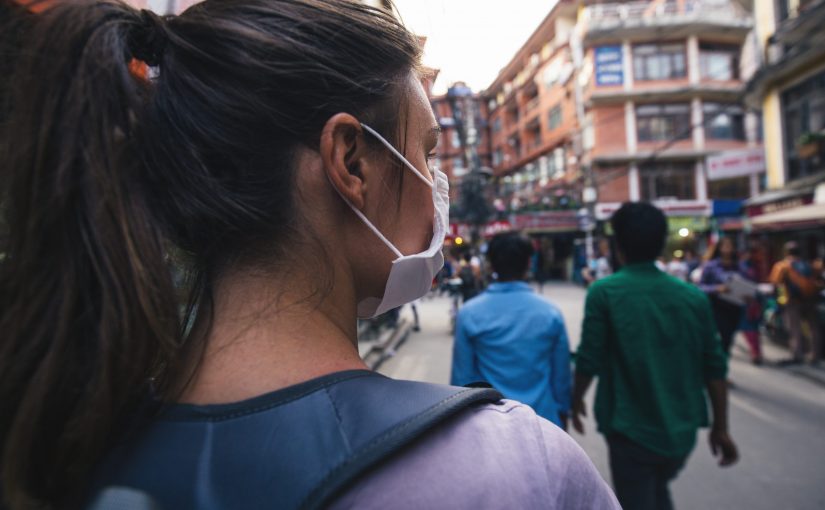What if a contagion swept Victoria? We’re not talking here about the electoral wipe-out suffered by a certain major party in the November election last year but a biological contagion, a pandemic, a plague? What’s the plan and how would we cope as a state?
In a globalised world, where people are continually moving between countries, the prospect of serious health conditions spreading through Australia and the Asia Pacific region is a serious and ongoing concern, as evidenced by outbreaks of influenza in the region in recent decades.
The threat was serious enough to spur the national government to spend $194 million between 2006 and 2015 in the Asia Pacific on preventing the spread of emerging infectious diseases (IEDs) like bird flu, swine flu and rabies.
On September 1 the Victorian government instituted changes to its infectious conditions’ strategy. Under the new changes, a medical practitioner who reasonably suspects someone of carrying an ‘urgent’ condition must notify the Department of Health and Human Services (DHHS) immediately by phone after initial diagnosis or based on clinical suspicion.
Urgent conditions include anthrax, plague, poliovirus, yellow fever, typhoid, meningitis and SARS – Instead of four reporting groups there are now two, ‘urgent’ and ‘routine’. Ten of the conditions that medical practitioners are no longer required to notify the department of health on include: Ross River virus infection, influenza, and hepatitis viral.
The thin red line
That’s not to suggest those conditions are forgotten about. The back-stop and fail-safe is Victoria’s pathology services that will continue to notify the department of conditions identified through test results in the lab.
Pathology services must notify the requesting clinician and DHHS of urgent conditions – as well as legionellosis, listeriosis, Hepatitis A, and measles – by phone.
Pathology plays a critical role in identifying emerging infectious disease trends and threats. Many infections present with similar symptoms; therefore, pathology testing is required for establishing the correct diagnosis. The public health interventions of vaccination, drug therapy and patient isolation cannot occur until an accurate patient diagnosis has been obtained
With diseases and conditions capable of moving much faster than government process, it is vital that the government rely on Victoria’s pathology services to notice developing issues and trends.
What you do not want is to encounter is a Public Health Emergency of International Concern (PHEIC). The Ebola virus is an example of a PHEIC, and in 2007 the Zika virus was identified in the Pacific and declared a PHEIC in 2015.
A/Professor Rob Baird, a national microbiology expert, explains how pathology helps keep people safe in normal times and what pathologists would do in – and to identify – emergency situations:
‘While all medical practitioners rightly look at symptoms of infectious diseases, microbiology diagnostic testing is critical to confirming and identifying any suspected condition in the lab,’ says Prof Baird.
‘We deal with urgent conditions all the time: for example, meningococcal disease remains in the community, measles is highly contagious (and imported), tuberculosis which now can be significantly antibiotic resistant remains a threat, and returned travellers can bring Hepatitis A, antibiotic resistant gonorrhoea, and typhoid all back from their journeys.
‘These conditions all require rapid laboratory confirmation and as soon as results indicate these conditions, DHHS is informed, as is the clinician looking after the patient to ensure an adequate public health response, and patient management occurs.’
There are over 30 infectious diseases on the urgent notification list, and laboratories have made significant investments in rapid diagnostic testing equipment to ensure accuracy and speedy turnaround time of results.
Recent influenza outbreaks have tested the systems, and national quality control is in place in all accredited laboratories, but most importantly, it is the presence of trained scientific and medical staff in these labs, which provides the vital “thin red line” protecting Australians’ health.

